Check Page Contents
ToggleUse of AI in Daily Life – 5 Practical Uses of Artificial Intelligence in Everyday Life
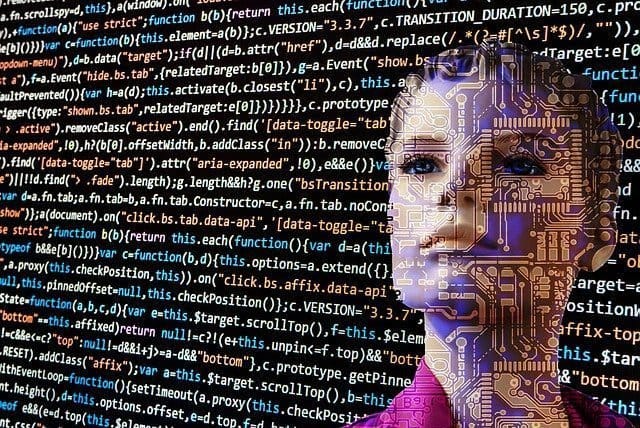
Introduction – Learn How to use AI in daily life.
Imagine a world where businesses and individuals make decisions more intelligently, people complete tasks faster and AI tailors experiences to individual needs. Artificial intelligence (AI) has already turned this vision into reality, seamlessly integrating into our daily routines.
From virtual assistants to recommendation systems, AI now powers essential parts of our lives. In this blog post, we’ll explore how AI boosts productivity and transforms everyday experiences. Sit back, and let’s dive into the exciting ways AI shapes your daily life.
AI now drives innovation across everyday technology, enhancing efficiency and convenience in everything from smartphones to smart cars. Below, we’ll highlight five real-world applications of AI revolutionizing how we work, live, and interact with the world.
Unveiling the Power of AI in Daily Life: From Efficiency Boost to Transforming Experiences
1. Personal Assistants and Smart Home Devices of AI use in daily life
With the rise of personal assistants and smart home appliances, artificial intelligence has found widespread application in daily life. These gadgets can comprehend and react to our requests thanks to their voice recognition and natural language processing skills, giving us useful information and helping us with a variety of chores.
Smart assistants such as Siri, Alexa, and Google Assistant have become indispensable members of many families, whether they are used for playing music, making reminders, managing smart home equipment, or providing weather updates.

Example:
“Hello Siri, how is the weather going to be today?”
Siri reacts fast, giving you the current weather and the day’s prediction so you can organize your schedule.
2. Its use in Digital Personal Shops
The days of needing to spend hours looking through numerous websites and retail establishments in search of the ideal item are long gone. Virtual personal shoppers powered by artificial intelligence have made shopping easier by learning about our tastes and making appropriate product recommendations.
These algorithms provide individualized recommendations based on our past selections as well as the tastes of other users who share our tastes. We can find things that match our preferences and save time and effort thanks to this.

Example:
Let’s say you are trying to find a new running shoe. The virtual personal shopper algorithm makes recommendations for running shoes from several manufacturers based on your past purchases. It considers things like your preferred level of cushioning, durability, and price range. This guarantees that you obtain the ideal pair that suits your demands and tastes in addition to sparing you the trouble of having to sort through a variety of possibilities.
3. AI use in Everyday Healthcare and Diagnosis
Artificial intelligence (AI) has advanced the healthcare sector significantly, helping physicians and other medical workers with patient care, diagnosis, and treatment. Artificial intelligence (AI) systems can identify diseases and ailments with a high degree of accuracy, frequently outperforming human detection skills, by evaluating enormous volumes of medical data and patterns.
They can quickly analyze and spot possible anomalies in medical imaging, including MRI and X-ray scans. Better patient outcomes result from the early detection and prompt action made possible by this.

Example:
Suppose you go to a dermatologist because you’re worried about a suspicious-looking mole on your skin. The dermatologist evaluates the mole’s attributes using an AI-powered image recognition system and compares them to a vast collection of pictures related to dermatology.
This device gives a quick analysis, emphasizing the possibility of cancer and suggesting additional treatment if needed. This helps with early skin cancer detection by improving diagnostic accuracy and saving time.
4. Autonomous vehicles and smart transportation
AI has also significantly contributed to the transformation of transportation networks, making them safer, smarter, and more effective. With the use of AI algorithms and sensors, autonomous cars can navigate roadways, identify impediments, and make split-second judgments that protect the safety of its occupants.
In addition to lowering the possibility of human error, these cars can improve traffic flow, which lowers congestion and improves fuel efficiency.

Example:
Consider yourself seated in a self-driving car during rush hour. By continuously analyzing traffic patterns, the car’s artificial intelligence system determines the best path to your destination while avoiding crowded places. Traveling safely and smoothly is ensured by sensors that track the movements of surrounding cars and pedestrians. You can unwind, trust that AI will navigate you to your destination safely and effectively, and you can sit back and enjoy the ride.
5. Using Natural Language Processing in Customer Support
Artificial intelligence (AI)-driven chatbots have revolutionized customer service by streamlining and streamlining interactions. These chatbots, which are equipped with natural language processing skills, can comprehend and react to client inquiries, offering tailored support and troubleshooting in real time. They can manage several conversations at once, saving clients from having to wait in a long line for assistance from a human.
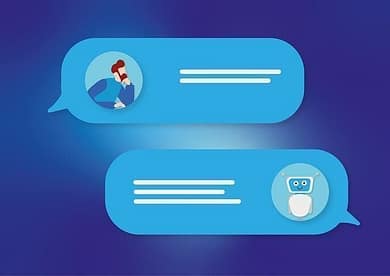
Example:
Let’s say you would like to inquire about a recent transaction. The company’s AI-powered chatbot prompts you to start a conversation rather than contacting a hotline and having to wait on hold. Your question is immediately understood by the chatbot, which also tracks the status of your order, handles returns and refunds, and gives you pertinent information. This provides a quick, easy, and convenient customer service experience in addition to saving time.
Conclusion
For Summing-up, artificial intelligence has impacted many aspects of our daily lives, improving our encounters and making our duties easier. Artificial Intelligence has become an essential component of our modern society, appearing in everything from virtual personal shoppers to personal assistants, healthcare to transportation, and customer service to smart homes.
We may anticipate further revolutionary changes to our lives from AI as it develops, making it increasingly more clever, simple, and pleasurable. So, embrace the future powered by AI and see the benefits it brings to our daily lives.
Frequently Asked Questions (FAQs)
Is AI technology really secure?
Like any other digital system, AI technology needs to have security carefully considered. Although AI systems are built with strong security safeguards, vulnerabilities can still occur. Continuous monitoring, encryption, and adherence to moral principles are all part of AI security.
To protect the confidentiality and integrity of AI applications, developers must be on the lookout, upgrade systems often, and work together to establish industry-wide security protocols.
Will AI replace human creativity?
Instead of displacing human innovation, AI enhances it. While AI is capable of producing music, art, or information based on patterns and data, it is not as sensitive to human emotion or capable of original thought. AI is still unable to fully mimic the intuition, emotion, and complex grasp of the environment that are essential components of human creativity. The future of innovation and creativity lies in human-AI collaboration that makes use of each other’s advantages.
How do AI algorithms learn from data?
Machine learning is the process by which AI algorithms acquire knowledge from data. They look for trends and correlations by analyzing huge databases. Based on the supplied data, the algorithm modifies its parameters during training to maximize performance. It’s similar to taking lessons from models. The algorithm’s ability to generalize and produce precise predictions or judgments when presented with fresh, unobserved data improves the diversity and representativeness of the data.
What are the potential risks of AI in decision-making?
Having decisions based on AI has some hazards. The main issue is bias, as AI systems may inadvertently replicate the prejudices found in the training set. Comprehending the decision-making processes of intricate AI models is difficult due to their opaque nature.
Furthermore, if AI is used excessively without human supervision, unexpected outcomes may result. The key to reducing risks in AI decision-making is to strike a balance, put ethical standards into practice, and promote openness.
Can individuals adapt to AI-driven changes?
A diversified strategy is needed to adjust to developments brought about by AI. People who want to keep up with the latest developments in technology can embrace continual learning. It is crucial to cultivate abilities that go hand in hand with AI, such as creativity, critical thinking, and emotional intelligence.
Making educated decisions is facilitated by knowledge of AI’s advantages and disadvantages. Furthermore, encouraging a collaborative attitude in which people and AI collaborate helps people adjust to the rapidly changing business and societal situation more easily.
Click here to view further tech-related blog posts on Google’s latest launched Gemini AI and expand your knowledge
Interested in AI’s impact on everyday life? Check out these helpful resources:
* How AI is Transforming Healthcare
* Future of Transportation with AI
* Personalized Learning: A Breakthrough in Education
Author

About Azahar Hussain
Myself Azahar Hussain , a Digital Marketing and SEO Specialist and Founder at Dewbytes, helping businesses across Assam and the North-eastern states grow their online presence with clear, data-backed strategies. With experience in website optimization, Google ranking, and local business visibility, he focuses on simple, practical solutions that bring measurable results.
I works closely with brands to improve search performance, build strong digital identities, and generate sustainable leads through SEO, content strategy, and targeted advertising. His approach is straightforward: understand the business, analyze the audience, and plan campaigns that deliver long-term growth rather than quick, temporary spikes.
At Dewbytes, my work supports clients from small local businesses to large growing brands, ensuring each one gets personalized attention and reliable support.
Contact
- Phone: +91 7002763122
- Email: azrarn786@gmail.com
- LinkedIn: www.linkedin.com/in/azahar-hussain-819706186
Consultation & Support
If you require guidance on SEO strategy or digital brand development, feel free to get in touch. I am available for consultations and professional support based on project scope.
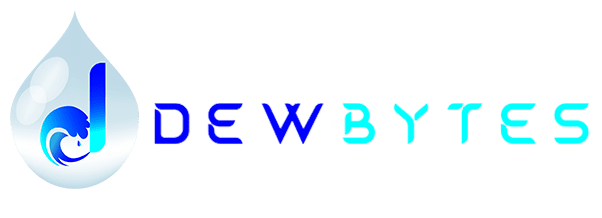
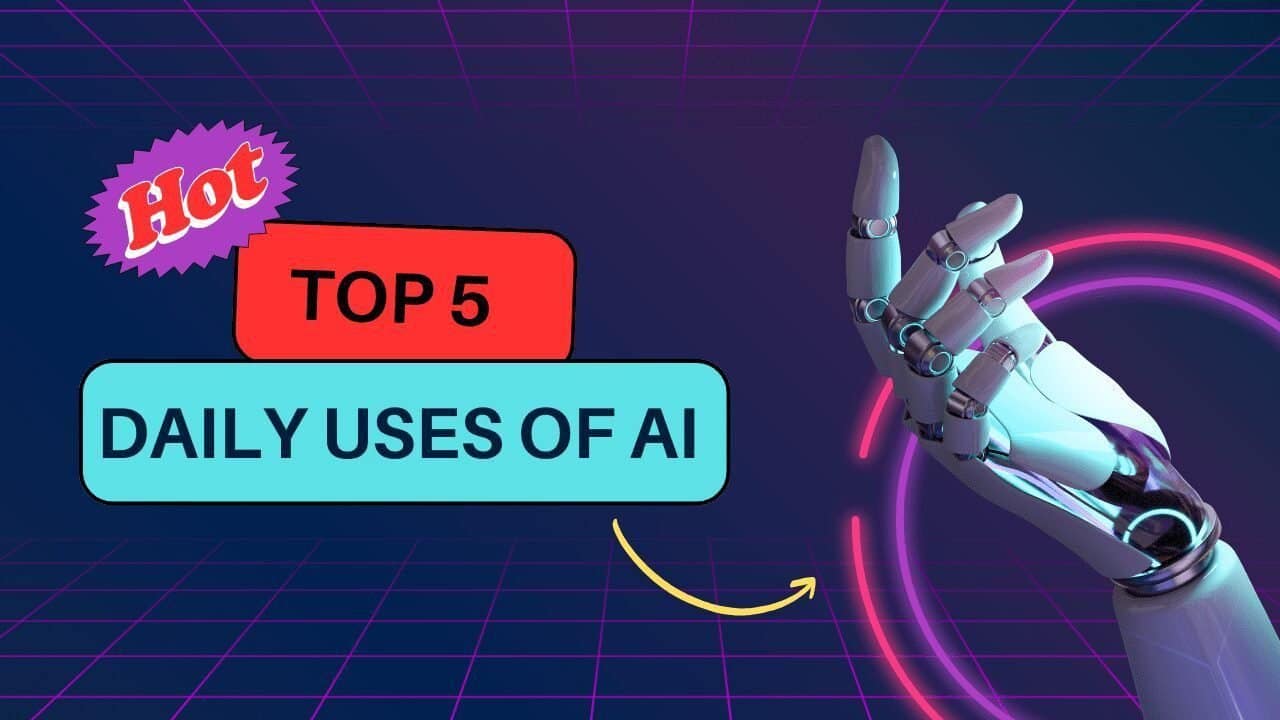

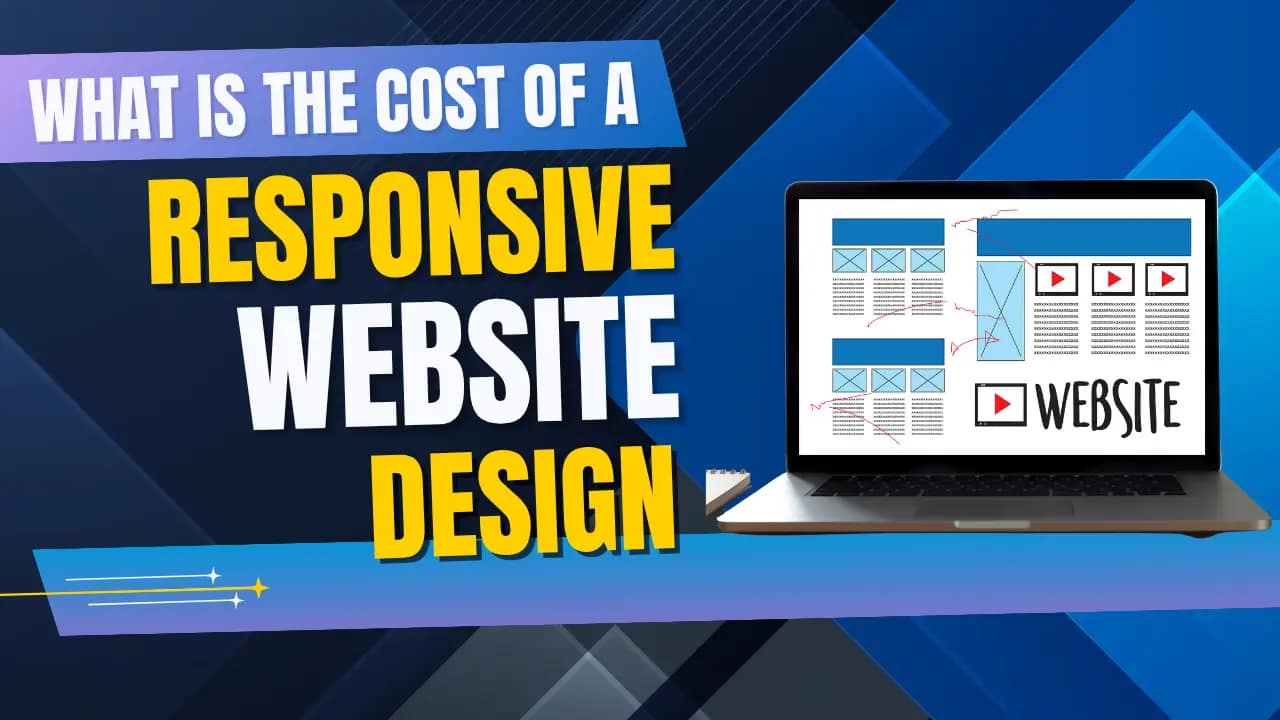



3 thoughts on “How to Use AI Daily: 5 Real-Life Applications That Help.”
Thanks for sharing. I read many of your blog posts, cool, your blog is very good.
Your article helped me a lot, is there any more related content? Thanks!
I don’t think the title of your article matches the content lol. Just kidding, mainly because I had some doubts after reading the article.